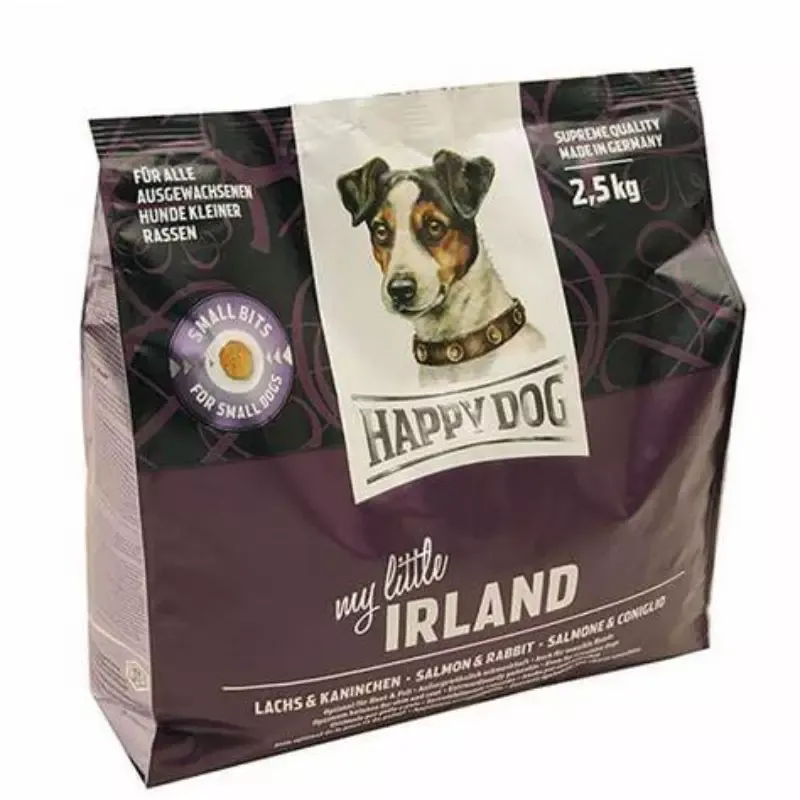- Afrikaans
- Albanian
- Amharic
- Arabic
- Armenian
- Azerbaijani
- Basque
- Belarusian
- Bengali
- Bosnian
- Bulgarian
- Catalan
- Cebuano
- chinese_simplified
- chinese_traditional
- Corsican
- Croatian
- Czech
- Danish
- Dutch
- English
- Esperanto
- Estonian
- Finnish
- French
- Frisian
- Galician
- Georgian
- German
- Greek
- Gujarati
- haitian_creole
- hausa
- hawaiian
- Hebrew
- Hindi
- Miao
- Hungarian
- Icelandic
- igbo
- Indonesian
- irish
- Italian
- Japanese
- Javanese
- Kannada
- kazakh
- Khmer
- Rwandese
- Korean
- Kurdish
- Kyrgyz
- Lao
- Latin
- Latvian
- Lithuanian
- Luxembourgish
- Macedonian
- Malgashi
- Malay
- Malayalam
- Maltese
- Maori
- Marathi
- Mongolian
- Myanmar
- Nepali
- Norwegian
- Norwegian
- Occitan
- Pashto
- Persian
- Polish
- Portuguese
- Punjabi
- Romanian
- Russian
- Samoan
- scottish-gaelic
- Serbian
- Sesotho
- Shona
- Sindhi
- Sinhala
- Slovak
- Slovenian
- Somali
- Spanish
- Sundanese
- Swahili
- Swedish
- Tagalog
- Tajik
- Tamil
- Tatar
- Telugu
- Thai
- Turkish
- Turkmen
- Ukrainian
- Urdu
- Uighur
- Uzbek
- Vietnamese
- Welsh
- Bantu
- Yiddish
- Yoruba
- Zulu
Effective Strategies for Packaging and Promoting Products in Today's Market
The Synergy of Packaging and Marketing Crafting a Lasting Impression
In the dynamic world of consumer goods, packaging and marketing are two sides of the same coin. Effective packaging does not merely serve a functional purpose; it also acts as a powerful marketing tool. Together, they guide consumer perception, influence purchasing decisions, and ultimately shape brand identity. Understanding the intricate relationship between packaging and marketing is essential for businesses aiming to stand out in a crowded marketplace.
The Role of Packaging
Packaging serves several core functions protecting the product, providing information, and, importantly, acting as a point of first contact with the consumer. A well-designed package safeguards a product from physical damage during transportation and storage. Moreover, it conveys essential information such as usage instructions, ingredients, and nutritional facts. However, the most significant role of packaging today is its ability to attract attention in retail environments.
With the rise of e-commerce, packaging has also evolved to enhance unboxing experiences. A memorable unboxing can significantly amplify customer satisfaction and encourage social sharing. In this digital age, consumers often document their unboxing moments on social media platforms, effectively becoming brand ambassadors. Therefore, brands must elevate their packaging to be both eye-catching and functional, ensuring it resonates with consumers both physically and digitally.
The Power of Design
Design is a crucial element of packaging that intersects with marketing. The visual elements—colors, typography, imagery, and overall aesthetics—create an immediate impression. Research indicates that consumers form judgments about products within 90 seconds of first seeing them, and a significant portion of that assessment is based on color alone. Companies must carefully select colors that reflect their brand personality and evoke the desired emotional responses.
For instance, luxury brands often utilize black and gold packaging to communicate exclusivity and sophistication, while eco-friendly brands may opt for earthy tones and recycled materials to emphasize sustainability. The choice of packaging design should not only be visually appealing but also resonate with the target audience’s values and lifestyle.
packaging and marketing

Branding through Packaging
Packaging plays a pivotal role in brand storytelling. Effective packaging incorporates elements that convey the brand's message and ethos, creating a cohesive identity that consumers can easily recognize. This continuity reinforces brand recall and loyalty. For instance, Coca-Cola’s iconic red and white color scheme and unique bottle shape have become synonymous with the brand, making it instantly recognizable across the globe.
Furthermore, innovative packaging can distinguish a product in a saturated market. Unique shapes, interactive elements, or multifunctional designs can intrigue consumers and encourage them to choose one product over another. Brands like Apple have mastered this approach, with minimalist and sophisticated packaging that reflects their brand values of simplicity and innovation.
Sustainability The New Frontier
With an increasing emphasis on environmental responsibility, consumers are becoming more discerning about packaging sustainability. As a response, brands are tasked with rethinking their packaging strategies to align with eco-friendly practices. This shift is not only ethically sound but also strategically advantageous. Brands that adopt sustainable packaging solutions often enjoy enhanced customer loyalty and attract a growing demographic of environmentally conscious consumers.
For example, companies using biodegradable, recyclable, or reusable materials are increasingly promoted in their marketing campaigns. Highlighting these sustainable practices can enhance a brand’s image and resonate with consumers who prioritize environmental stewardship in their purchasing decisions.
Conclusion
The interplay between packaging and marketing is intricate and multifaceted. To succeed in today’s competitive landscape, brands must recognize the potential of packaging as a vital marketing tool. By investing in thoughtful design, aligning with brand values, and addressing sustainability concerns, companies can create compelling packaging that not only protects their products but also elevates their brand identity and drives consumer engagement. Ultimately, the synergy between packaging and marketing can lead to a lasting impression that fosters brand loyalty and encourages repeat business. As businesses navigate this ever-evolving landscape, the integration of innovative packaging solutions with strategic marketing initiatives will be crucial in capturing the hearts and minds of consumers.













